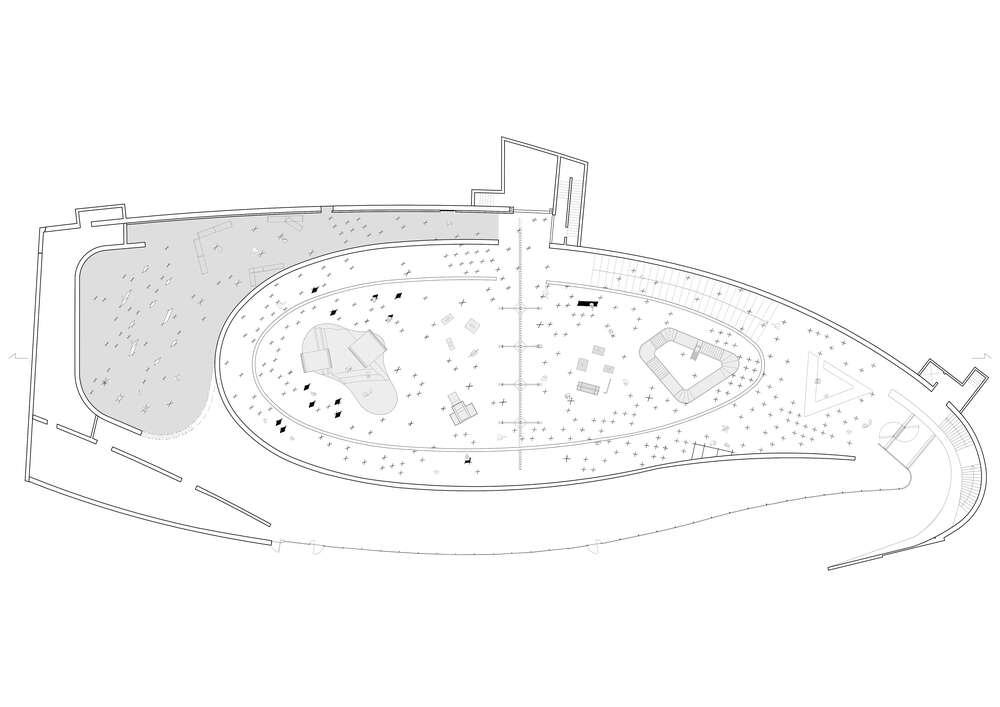Curators: Aric Chen, Martina Muzi Graphic design: Joana Pestana, Max Ryan With projects: Bard Studio (Rupali Gupte and Prasad Shetty), Bricklab (Abdulrahman Hisham Gazzaz and Turki Hisham Gazzaz), Ibiye Camp, Revital Cohen & Tuur van Balen, He Jing, Liam Young, Paulo Moreira (with Chão - Oficina de Etnografia Urbana and José Sarmento Matos), Rael San Fratello (Ronald Rael and Virginia San Fratello) and Wolfgang Tillmans

The exhibition design follows these lines of thought: Fieldwork: the resurrection of Henrique Galvão’s 1934 map, a complex referential transnational framework. Translation: the very actual and misused topic of borders, peripheries, nations dictating conventions on one side of a line against what might happen on the other. Lines: suggested by a deformed, half invisible grid offering potential narratives of referential diversity, blurring north-south orientations. Geography: an insinuated three-dimensional space grid eludes any clear belonging. Choice: “if I had to choose between The Doors and Dostoyevsky, then – of course – I’d choose Dostoyevsky. But do I have to choose?” (Susan Sontag in Jonathan Cott, The Complete Rolling Stone Interview, Yale University Press, 2013)
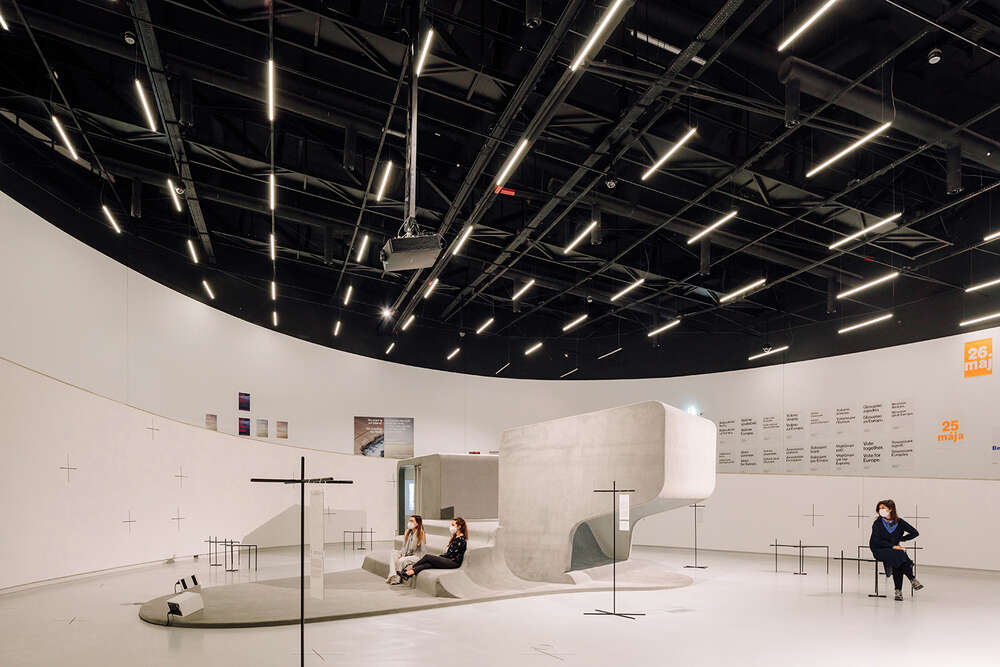
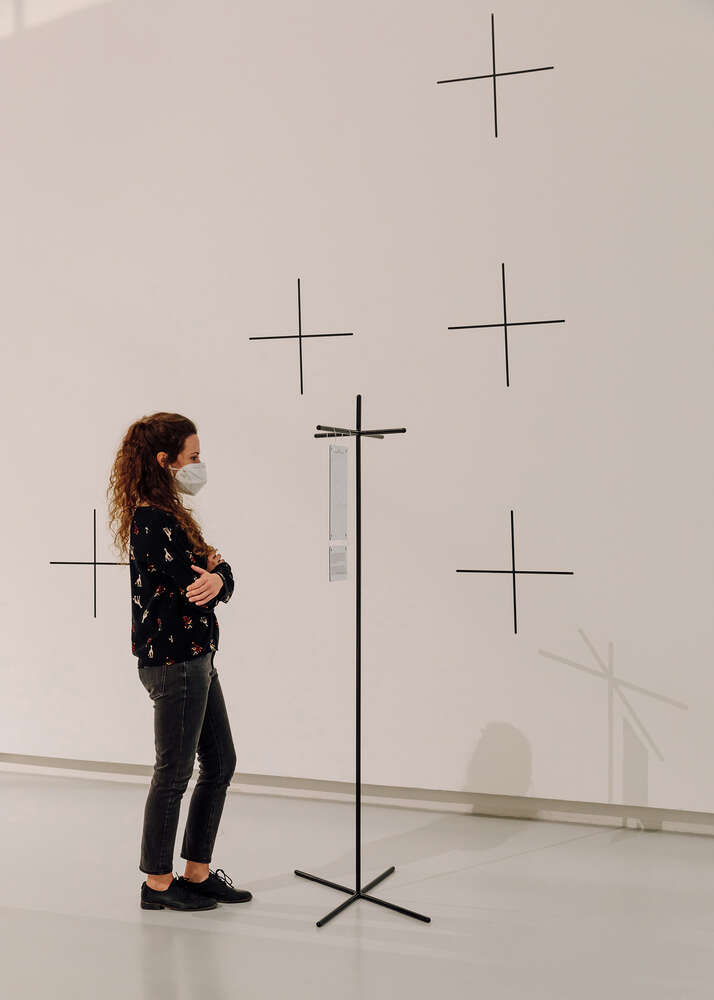
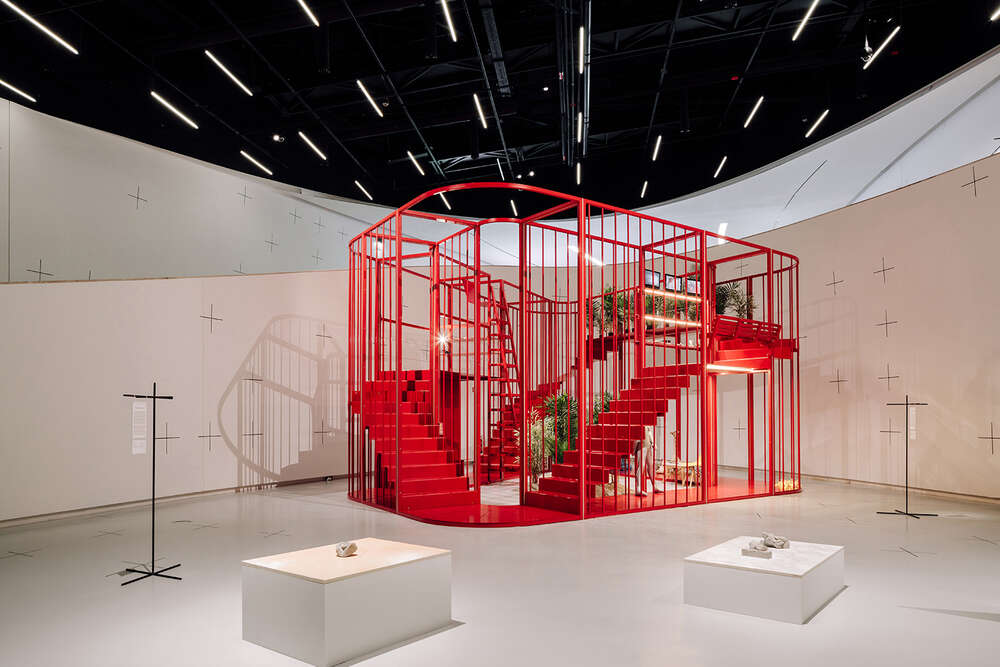

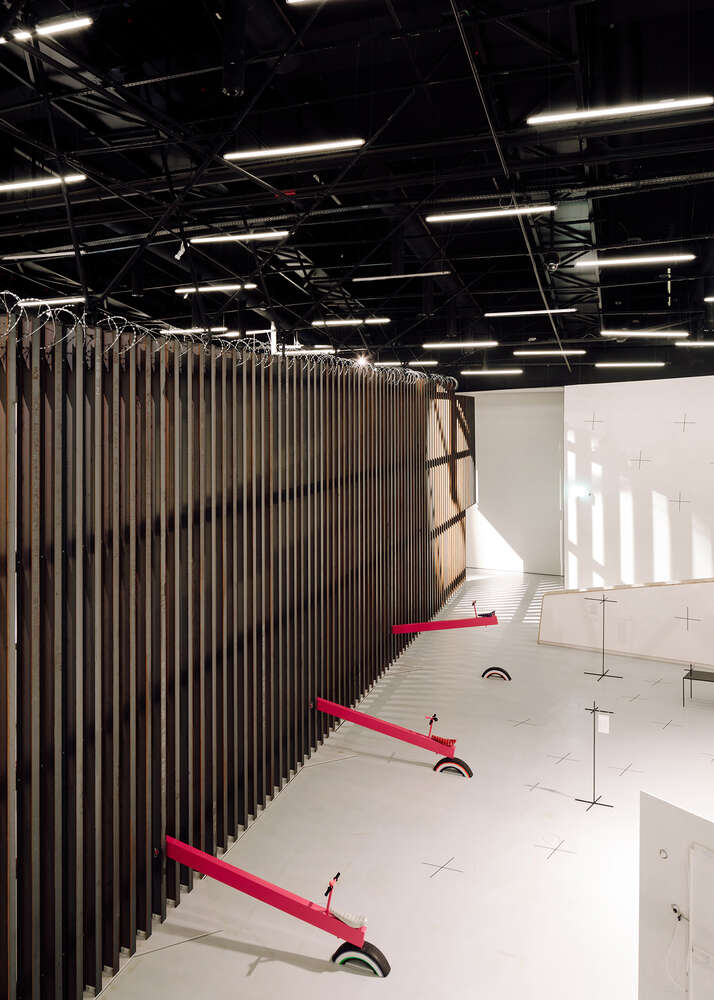
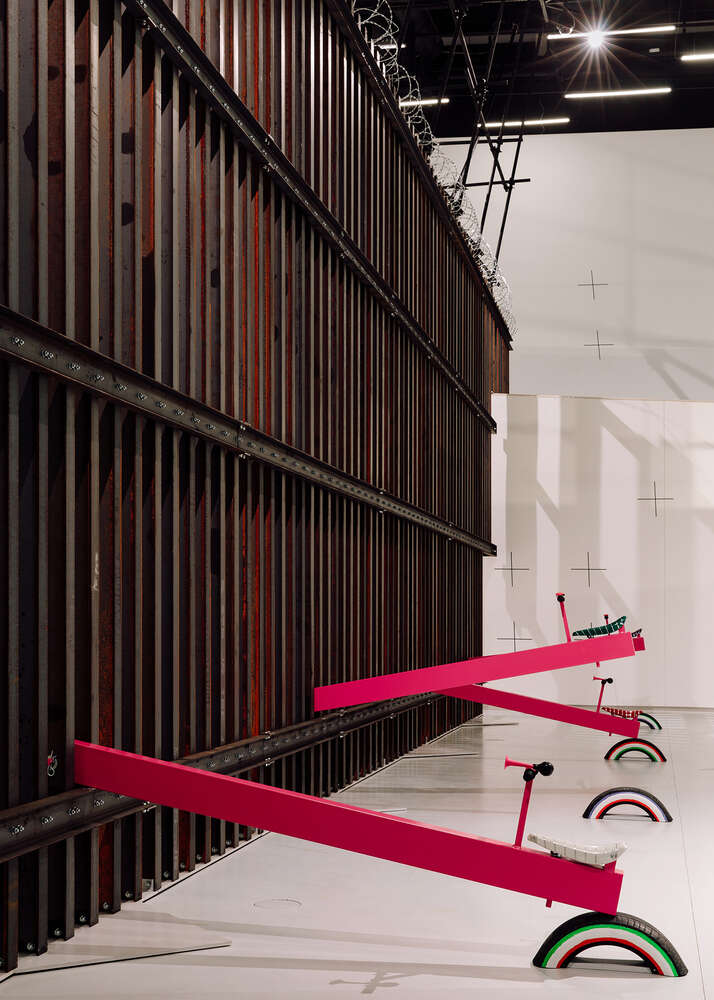
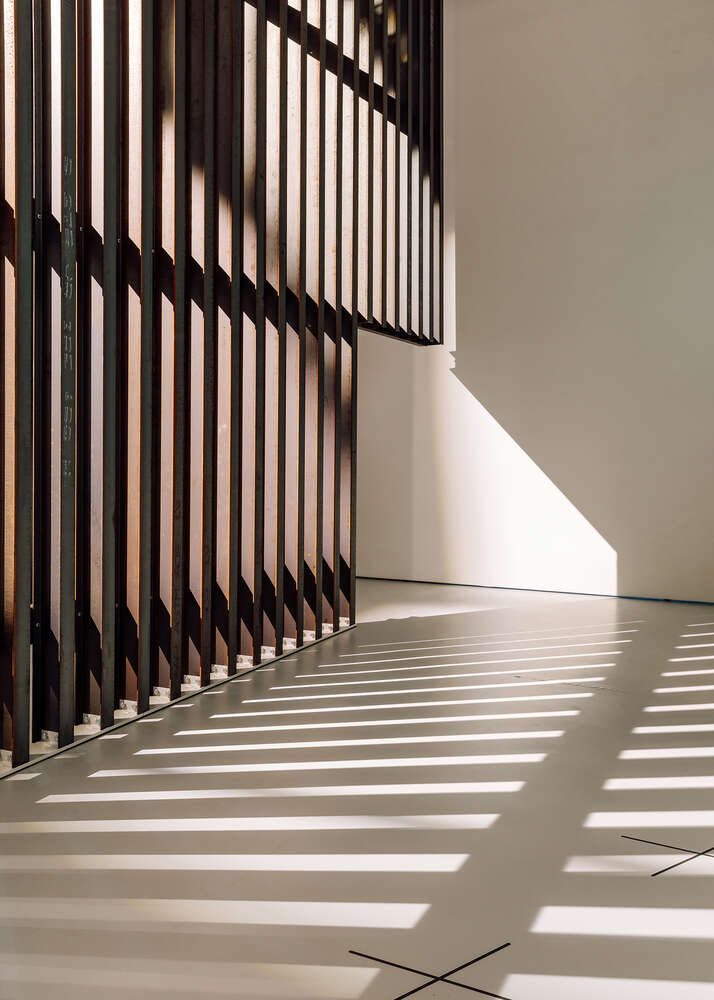
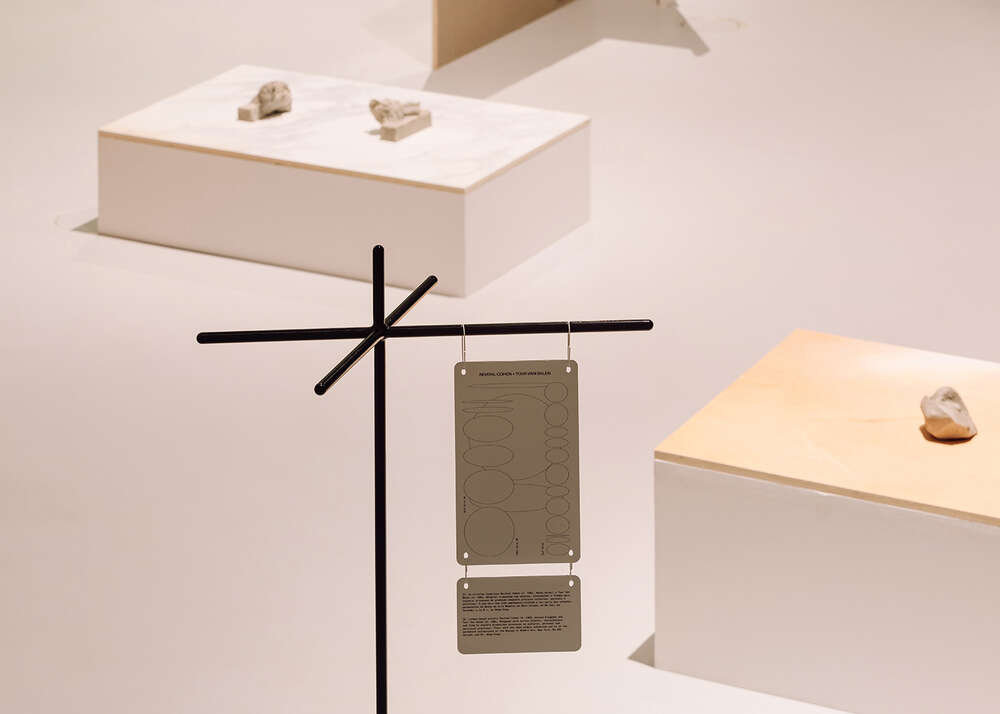

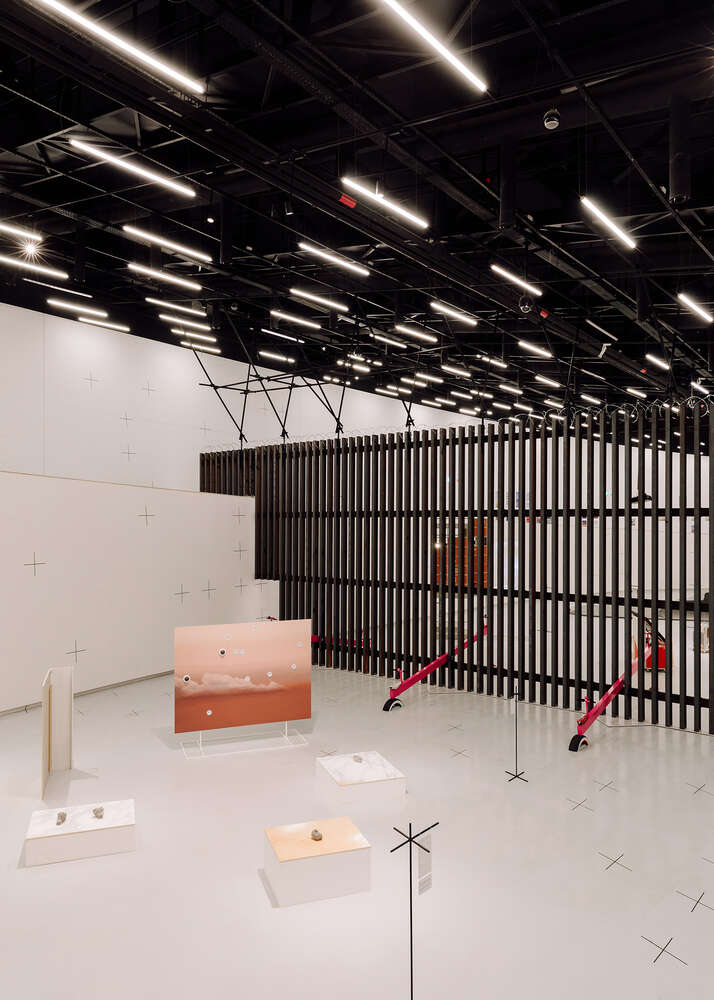
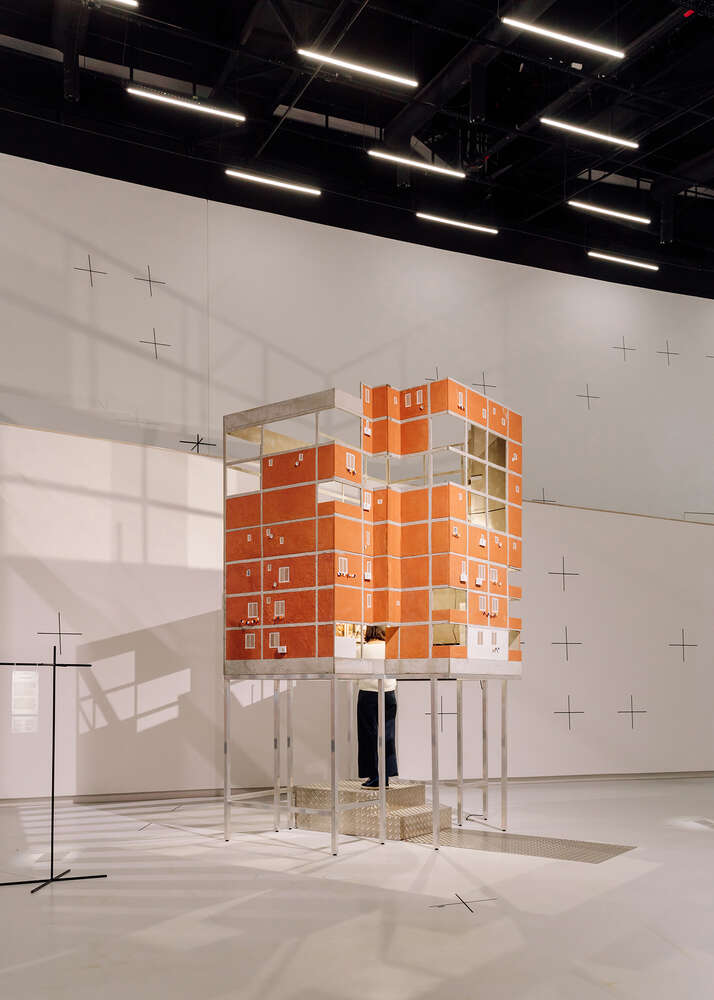
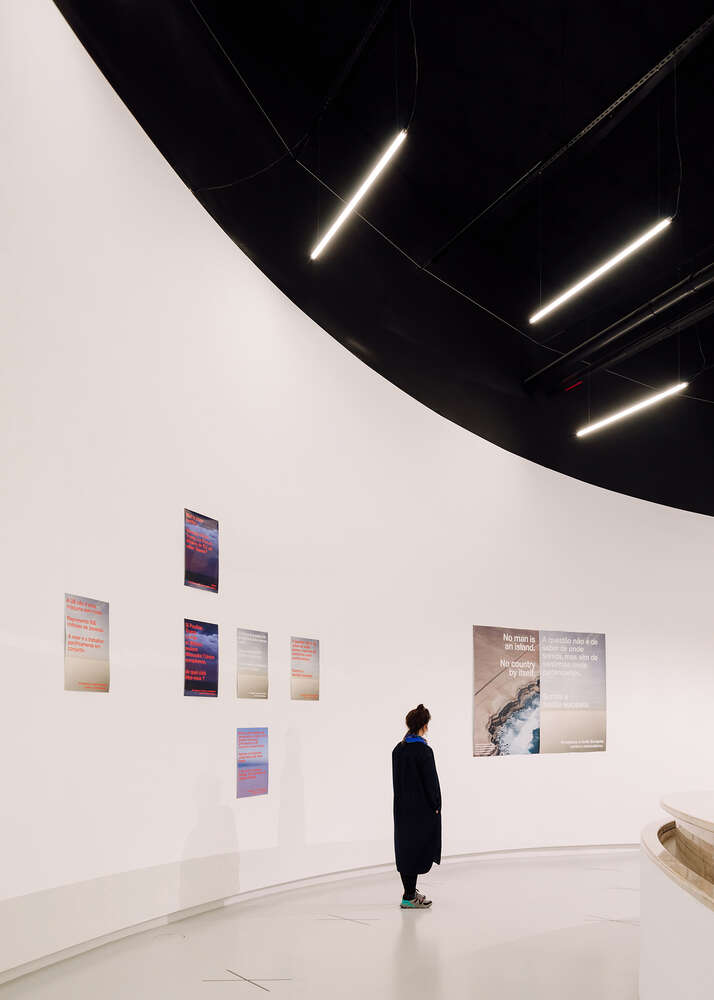

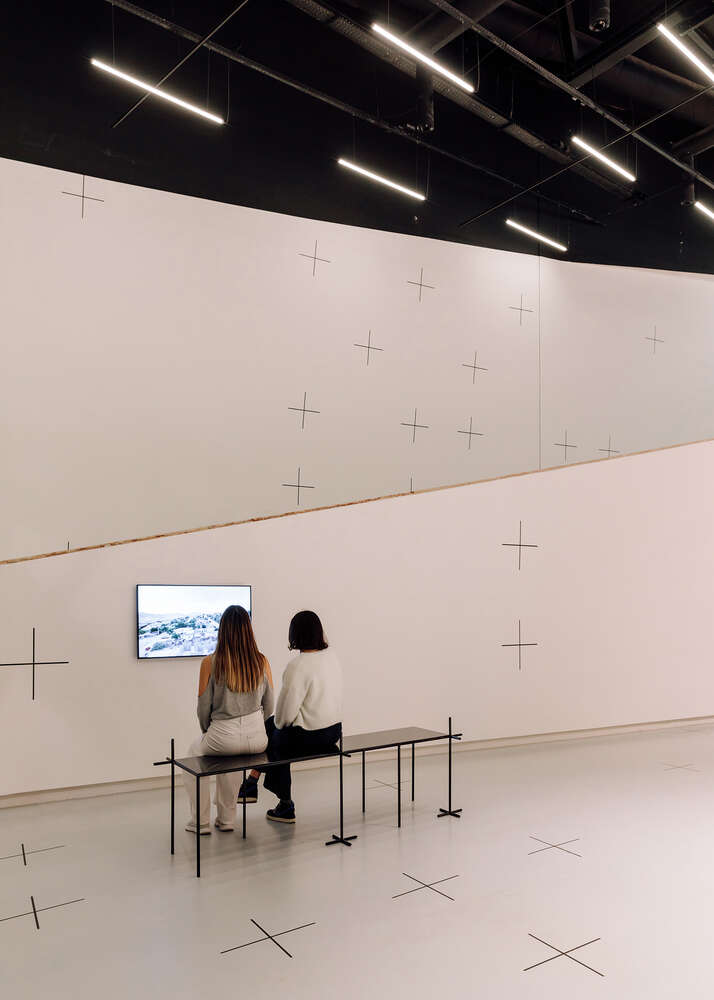
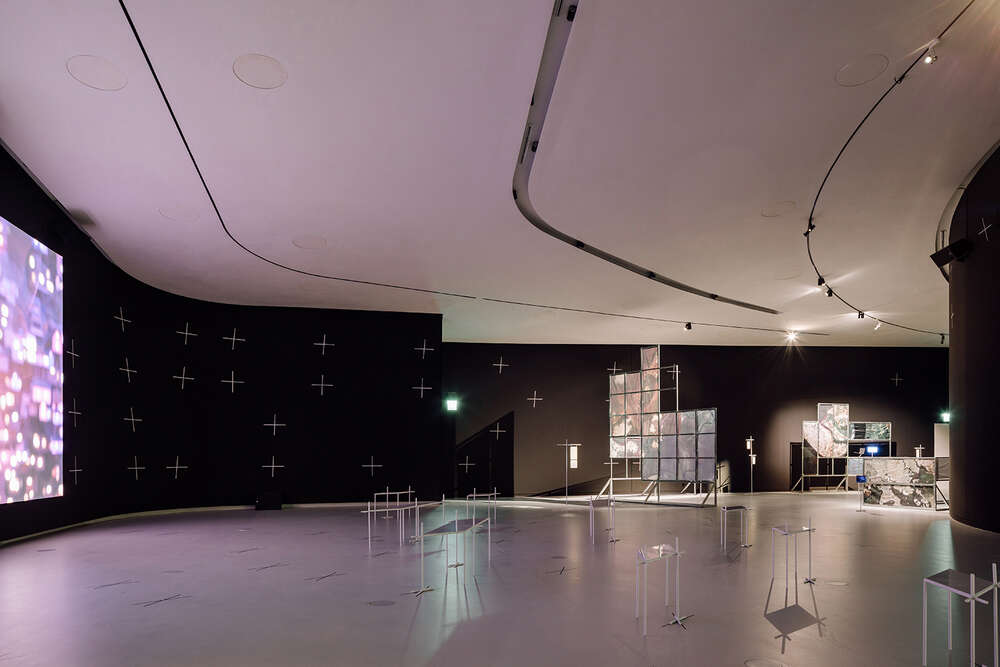
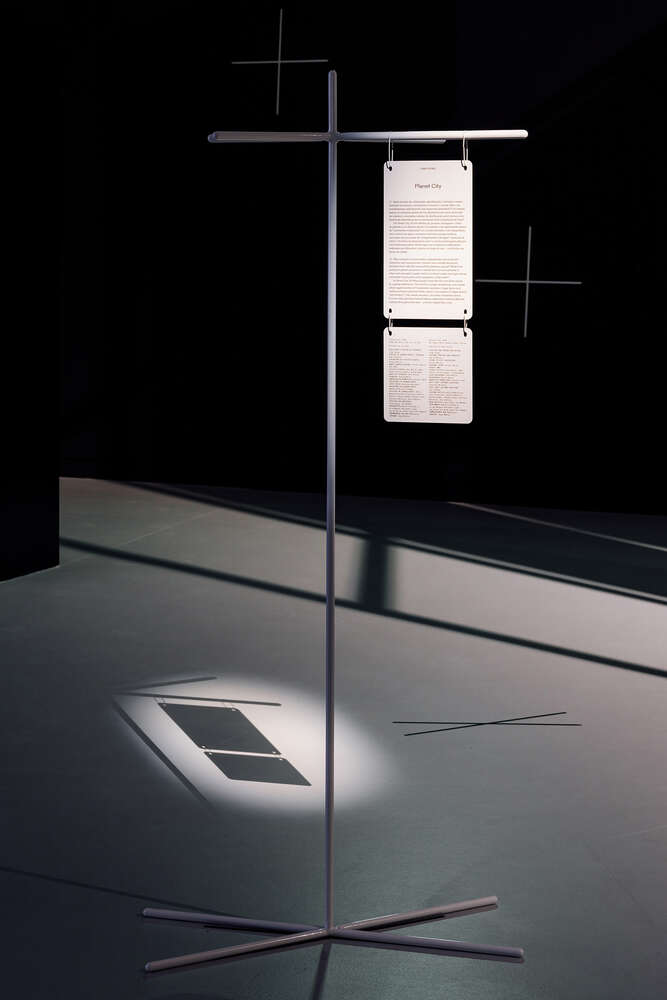
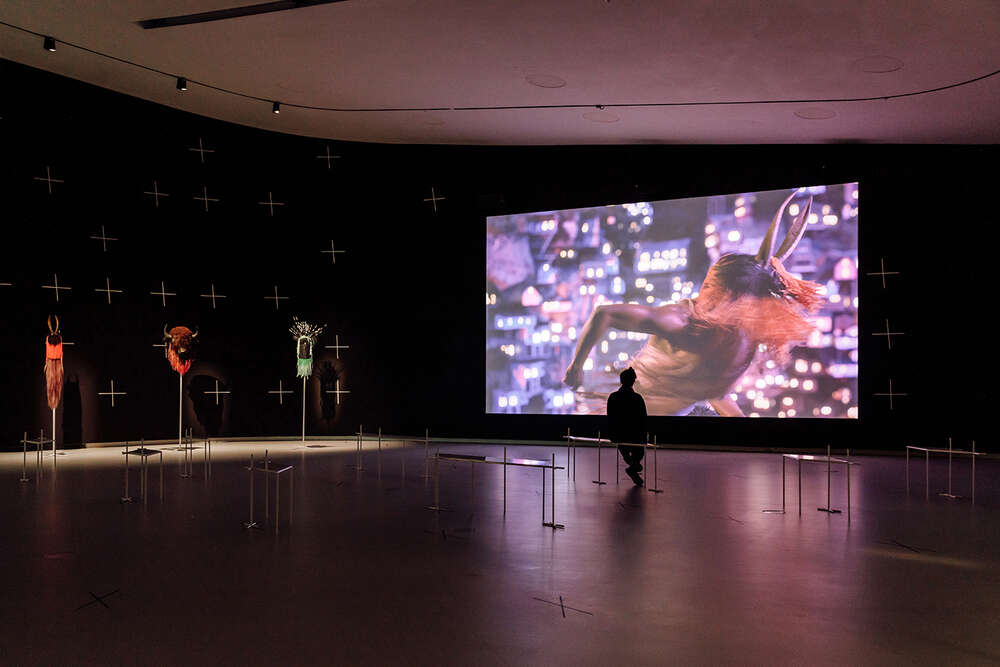
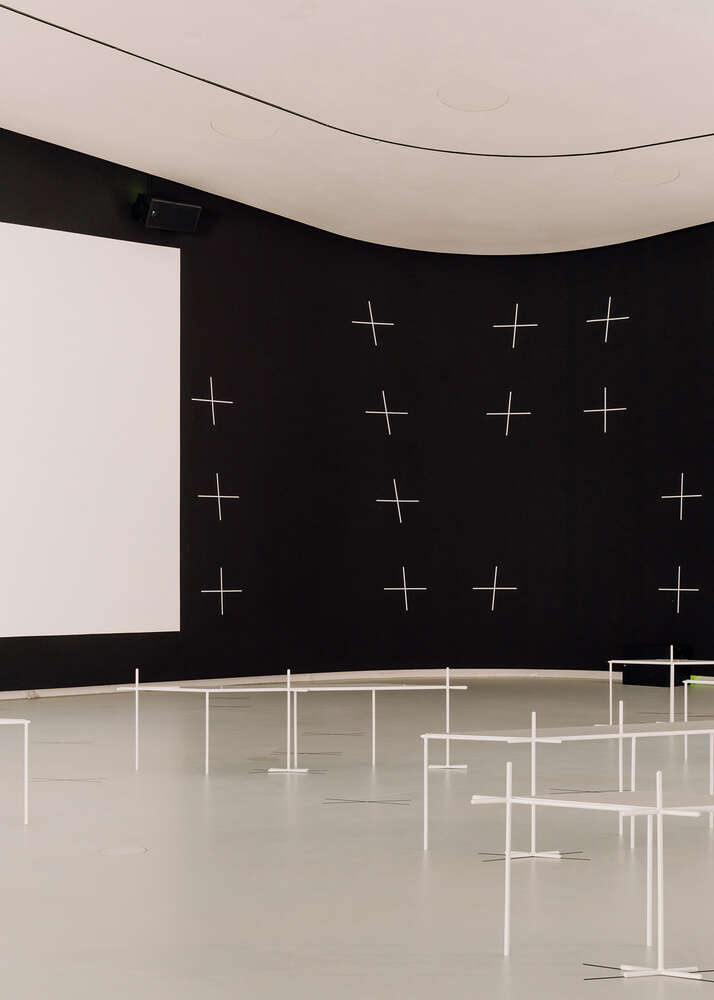
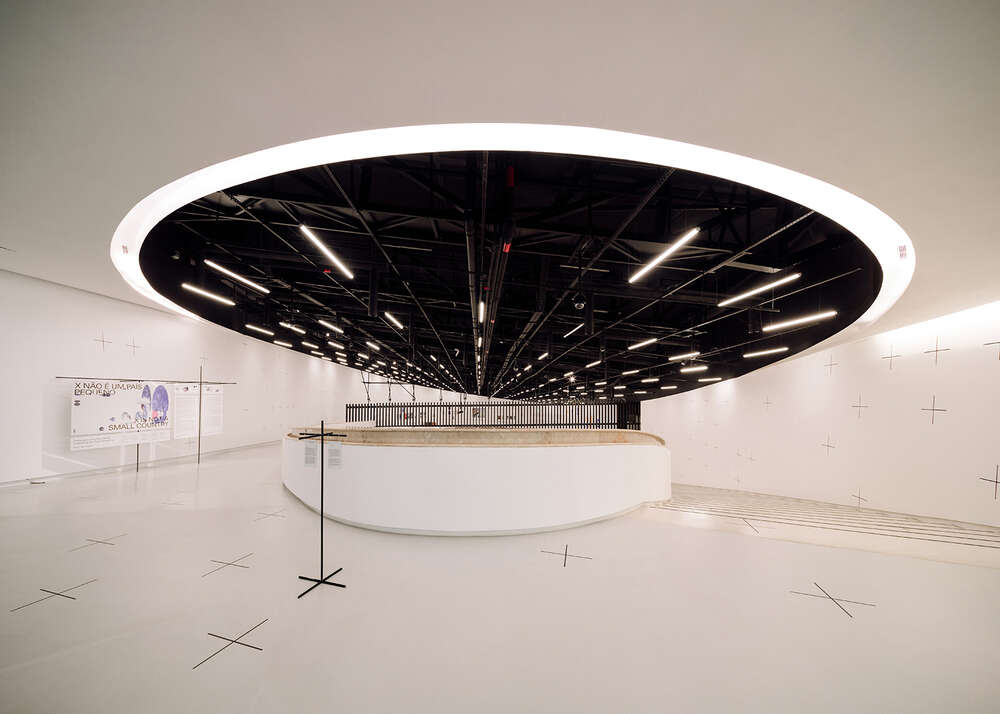
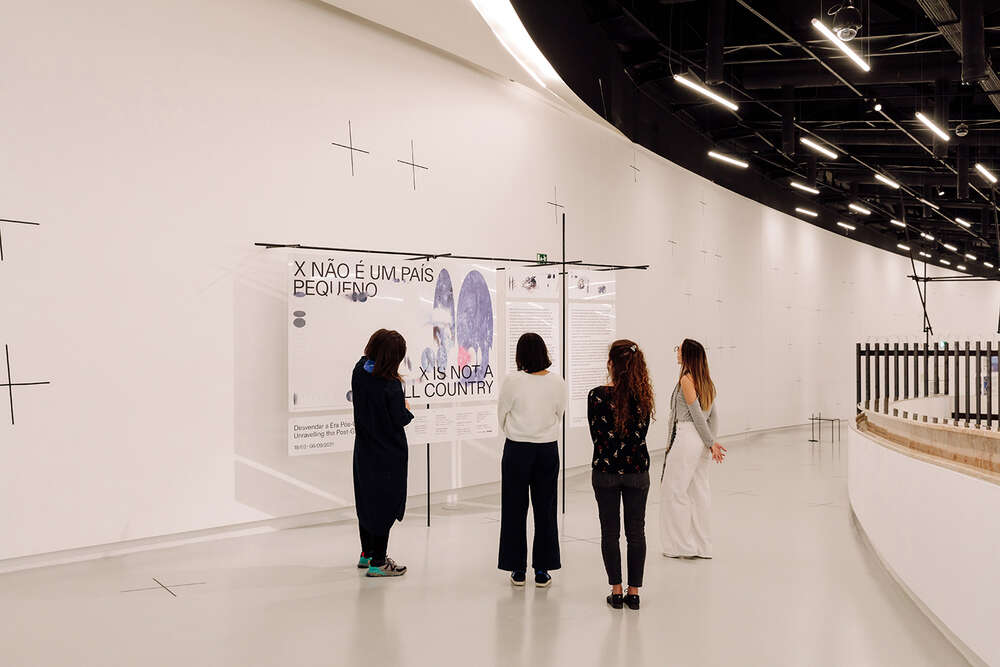
The grid has a particular power that extends way beyond its graphical presence. In art, it appeared as an optical device for visual explorations on perspective, particularly intense in the times of Paolo Uccello. In cartography, Cartesian coordinates have occupied extensively the world of maps as a reference system since the 17th century.
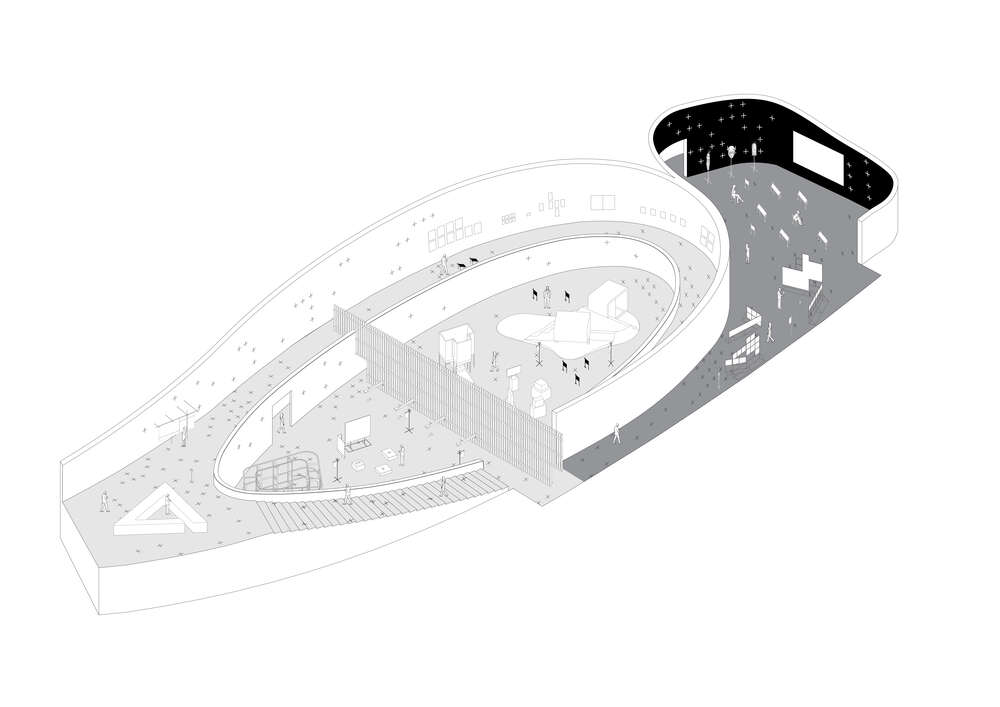
The discussion about the validity of the grid as a referential system is thus naturally complex, even more so in an exhibition dealing with post-globalism conditions that has placed its pivotal line of thought on a map (Henrique Galvão’s 1934 Portugal não é um pais pequeno - Portugal is not a small country), opening the door to cartography as a colonization tool. The maps presented specific views of the world with its Cartesian grid, and these views were informed by the martial will of conquering parts the world presented in those same maps.
X IS NOT A SMALL COUNTRY design exhibition modestly addresses this complex and long history, bringing the grid to a three-dimensional level to address the contemporary issues of mapping the world and its transformation in data-based realities. And it confesses a certain degree of convoluted confusion in referencing the world. Once the power game of north-south or east-west classifications has been blurred, as the geopolitical state of the world obviously indicates currently, what grid system could faithfully order or re-order the geolocation of physical and virtual presences? Is the Cartesian coordinates grid still politically acceptable? Was it ever? Indirectly, the endless nature of the grid opens a discussion as well on borders, frontiers, and domination agendas. The particular oval space of the MAAT offers an interesting background to host such hypothesis of post-global presences. For X IS NOT A SMALL COUNTRY a division has been traced for the visitors to somehow confront them with an itinerary choice. The design and art pieces tackle quite openly this sense of dis-belonging following the conventional understanding of national identities. In the exhibition space, they spread “freely” on one side or the other of a physical and fictional line: a border wall. They appear and disappear in relation to each other, the museum’s architecture, and exhibition design. The variety of media, physical and virtual is also organized to provide indications about the impossibility to classify. It is the choice of the visitor to re-arrange north-south-east-west logics and to recompose them in a contemporary condition, a renewed historical fiction.
